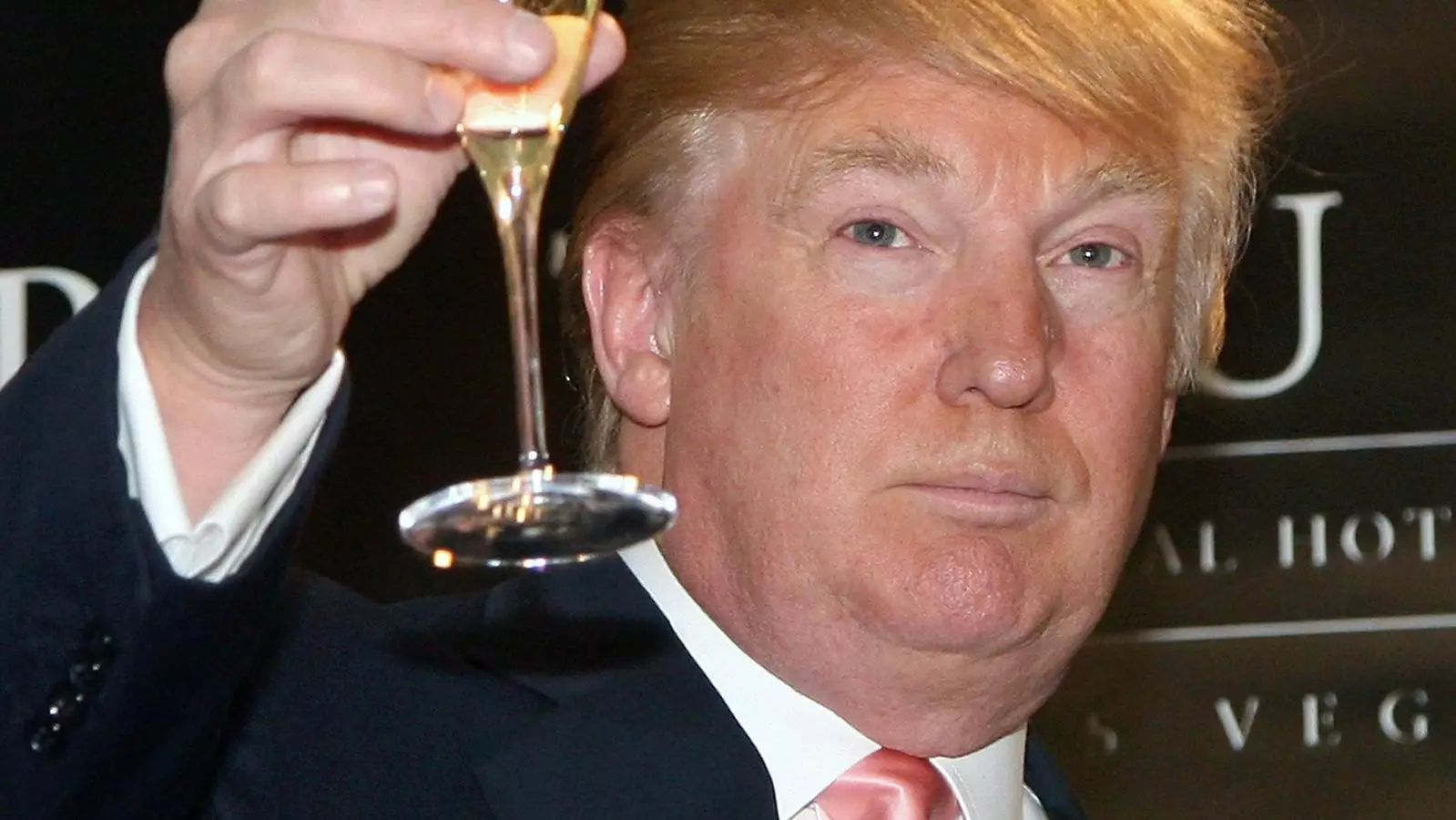Recent discussions surrounding U.S. tariffs on European wines have ignited fierce debate among producers, restaurateurs, and consumers alike. President Trump’s proposed 200% tariff on imported wines and spirits from the European Union is touted as a patriotic step to uplift American winemakers. However, this simplistic view fails to grasp the intricate dynamics of the wine industry and could endanger a thriving scene that relies on diversity and collaboration.
The intention behind protectionist measures often appears sound: shield local businesses from foreign competition. However, the wine market operates on a delicate ecosystem where synergy among international offerings creates a robust wine culture. Imposing exorbitant tariffs on European wines would not merely push consumers towards American brands; it would destabilize the entire industry, leading to dire consequences for all stakeholders involved, including domestic producers.
The Ripple Effect on Distributors and Retailers
Distributors are the lifeblood of the wine supply chain in the United States, connecting producers with retailers and restaurants. A mid-sized distributor with a carefully curated collection of wines from both Europe and America thrives on variety; it is this very portfolio that ensures their survival. By slapping a heavy tariff on European imports, those distributors face a devastating blow that could puncture their margins and potentially drive them out of business.
Losing the diversity of product that comes from European vineyards doesn’t merely reduce choice—it diminishes the entire marketplace’s viability. Numerous distributors, battling to stay afloat, may start cutting jobs, reducing their operations, or even shutting down entirely. It’s a scenario that threatens to squeeze out smaller American producers just as viciously as it hampers the importers’ reach.
Cultural Implications for Wine Consumers
Wine aficionados and casual drinkers alike find pleasure in exploring an array of styles, regions, and price points. The notion that American consumers will switch en masse from French Bordeaux to California Cabernet when faced with skyrocketing prices is a gross oversimplification. In reality, the opposite is likely to occur. Faced with a reduction in options and heightened costs, consumers are more inclined to downshift their choices altogether or seek repugnant alternatives like cheap cocktails or mass-produced beer.
This kind of shift has severe ramifications for American winemakers as well. With younger generations already gravitating away from traditional wine consumption, the last thing the industry needs is added pressure that becomes a barrier rather than an invitation. The potential for decreased wine consumption due to price hikes directly damages American producers who need ongoing consumer engagement to flourish.
Historical Context and Economic Missteps
The history of wine tariffs in the U.S. offers a cautionary tale. During the last major tariff imposition in 2019, the wine market suffered significant losses, which were eventually deemed sufficient for the government to reconsider such policies. Importers faced the harsh reality of either absorbing costs or completely withdrawing European wines from their offerings. It was not an automatic boon for domestic winemaking; rather, it dampened spirits and resulted in a collective downturn that saw jobs lost and companies shuttered.
Moreover, it’s critical to recognize that these tariffs wouldn’t discriminate solely against prestigious bottles like Burgundy or Barolo; they would extend to moderate wines that are staples in everyday American dining experiences. Fantastic vintages priced at $10 to $15 make up the backbone of casual wine consumption, and seeing them relegated or priced out of reach places consumers in a perilous position while delivering a serious blow to the restaurants and retailers relying on those sales.
Retaliation and Broader Implications
One cannot overlook the likely retaliatory nature of such tariffs. A heavy-handed approach towards EU wines could lead to reciprocal actions against American goods, including beloved products like bourbon and U.S. wines. This interconnectedness within the international spirit and wine market emphasizes the risk and folly of isolationist policies.
Rather than fortifying the American wine industry through an artificial tug-of-war, what is truly required is a comprehensive strategy for growth. This involves investing in sustainable practices, fostering relationships with younger consumers, and providing robust support for domestic producers learning to thrive alongside their European counterparts.
Path to Excellence
The focus should rest squarely on elevating American wines through excellence rather than forcing them onto shelves through tariffs and protectionist measures. An inclusive and diverse approach to the market, backed by investment in infrastructure, education, and sustainable practices, will foster long-term success. By seeking meaningful collaboration with both domestic and international producers, we can unearth the full potential of the American wine landscape. This is the true path to greatness, not a misguided ban on competition.


Leave a Reply